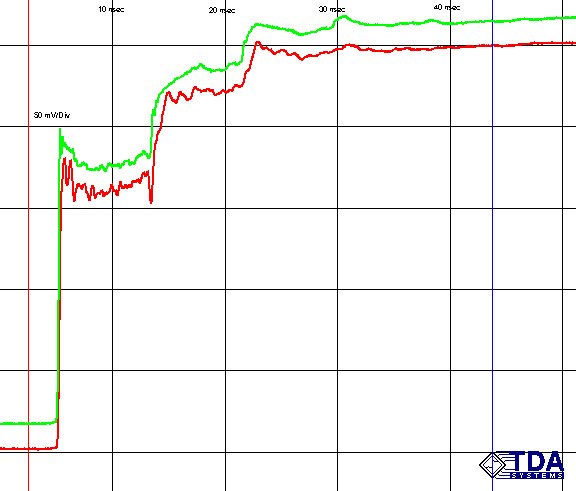Tell me about it , what brands do you consider GOOD digital then .
I ll give them a listen next year in munich
I doubt if you will find Digital nirvana at the Munich show. I am of course partial to my own designs, but there are a few notable others out there, including Amarra,(software) Linn Audio (software), SOtM, Lampizator, Metrum Acoustics, Chord and TotalDAC. It's more of a particular component or software than a brand name, and it's of course a system thing always, so everything else involved is important as well, from the source software to the digital cables used and the means for transmission, whether S/PDIF, USB or Ethernet. Simply everything matters and buying all of it from one manufacturer is not advisable. No one company excels at everything. If you are lucky enough to start with a low jitter signal and deliver it to a low-distortion resolving DAC using good cables, then the magic happens. Anything in the system that is not optimized or not selected carefully can screw this up. I've been reducing jitter with proprietary techniques for 20 years and if there is one thing I have learned it's that jitter is never low enough to be inaudible, at least not yet. And jitter isn't the only demon. Digital Filtering is #2 on my list. I try to eliminate it as much as possible. This is why NOS type DACs are so popular now. It's not really the difference in conversion method IMO, but the difference in digital filtering that makes these so appealing.
One metric to determine if you are close to getting the max out of digital is to listen to the same track in FLAC, AIFF, ALAC and .wav formats. If you don't easily hear a difference in each one, you are not there yet. The .wav file should win hands-down.
Last edited:

















